Our day started at 8:15am with some guy making breakfast for us. It was already laid out when we got downstairs...
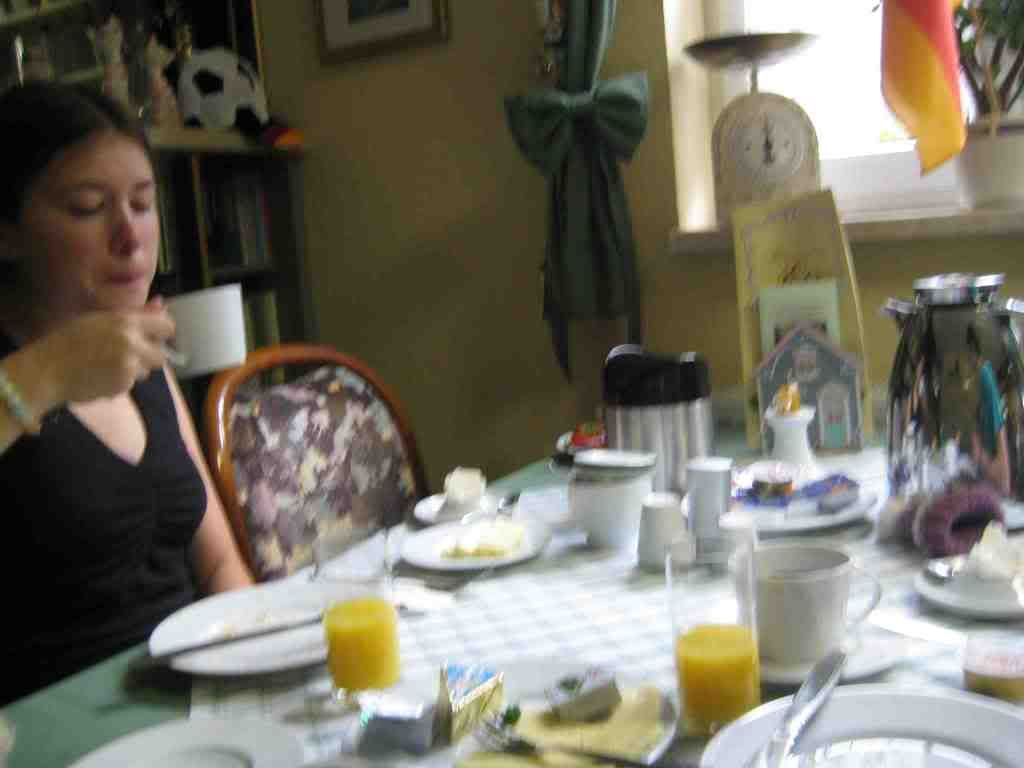
A breakfast with orange juice, coffee, a basket of breads, two hard-boiled eggs, marmalade & gnutella
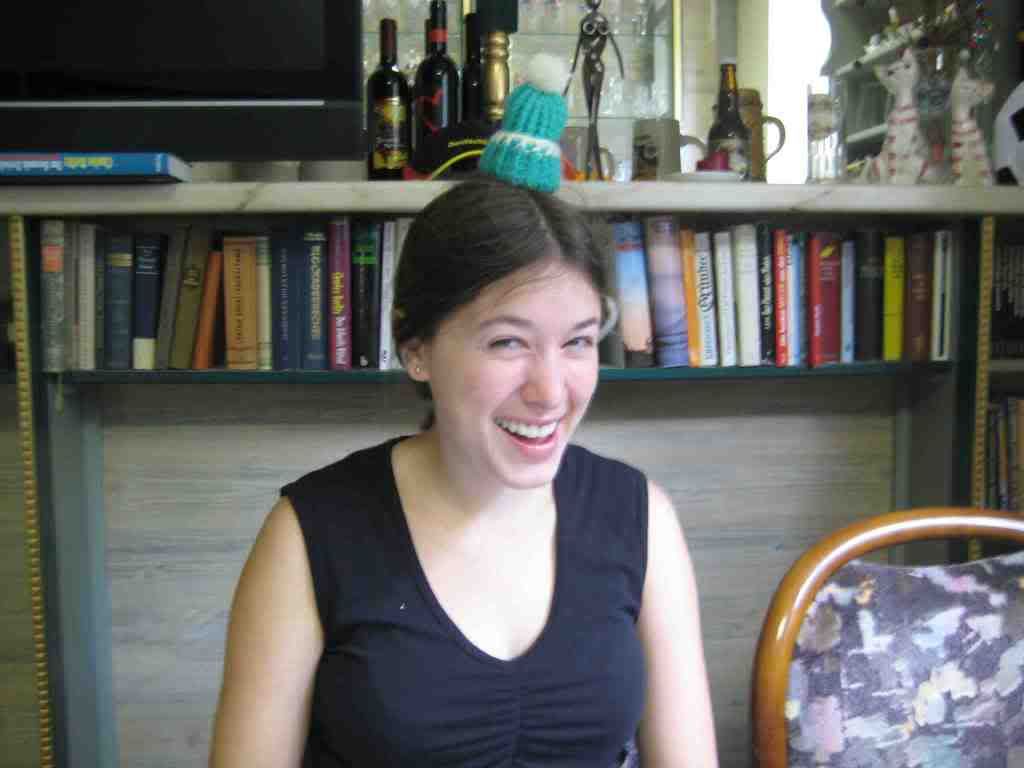
In Germany, they have egg-holders and little things you put over the eggs to keep them warm; here Ashley can be seen wearing this egg warmer as a little turquoise hat
We then went to Eisenach from Ilmenau, through the transfer station of Bebra.
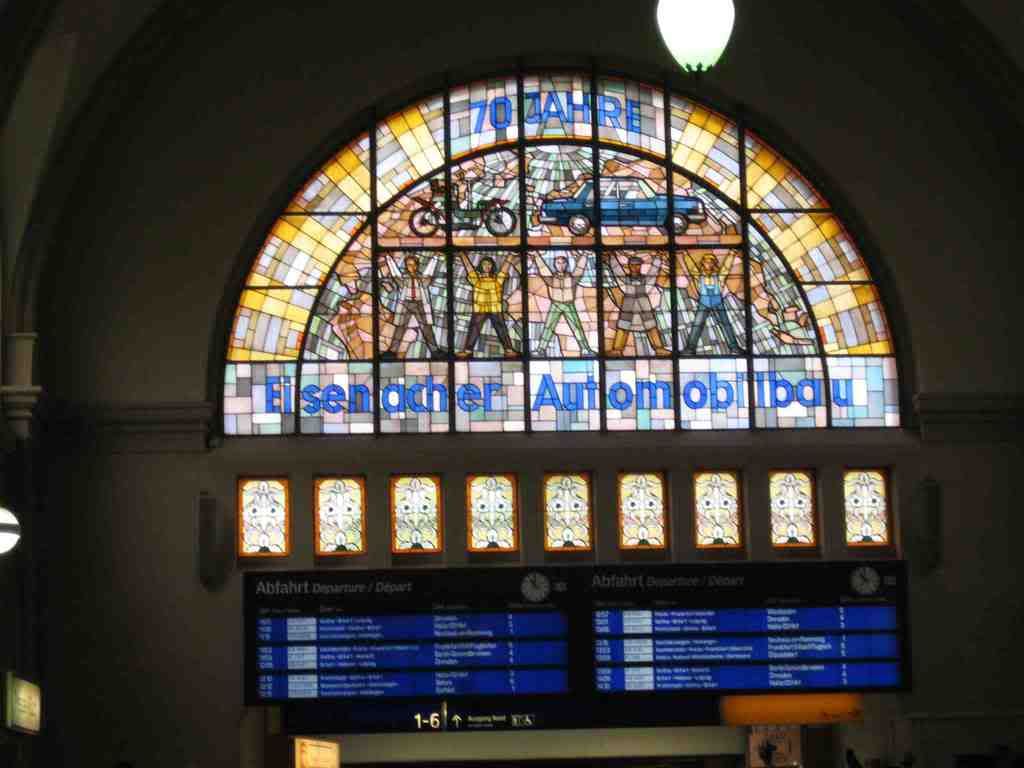
Eisenach Bahnhof (train-station)
The town of Eisenach is famous for Martin Luther just like Ilmenau is famous for Goethe.
There was a competition going on, complete with a makeshift stage for live music where a band played old American 50's songs like Elvis Presley. The competition involved picking things up in little forklifts - it was called StaplerCup and it apparently drew a lot of people.
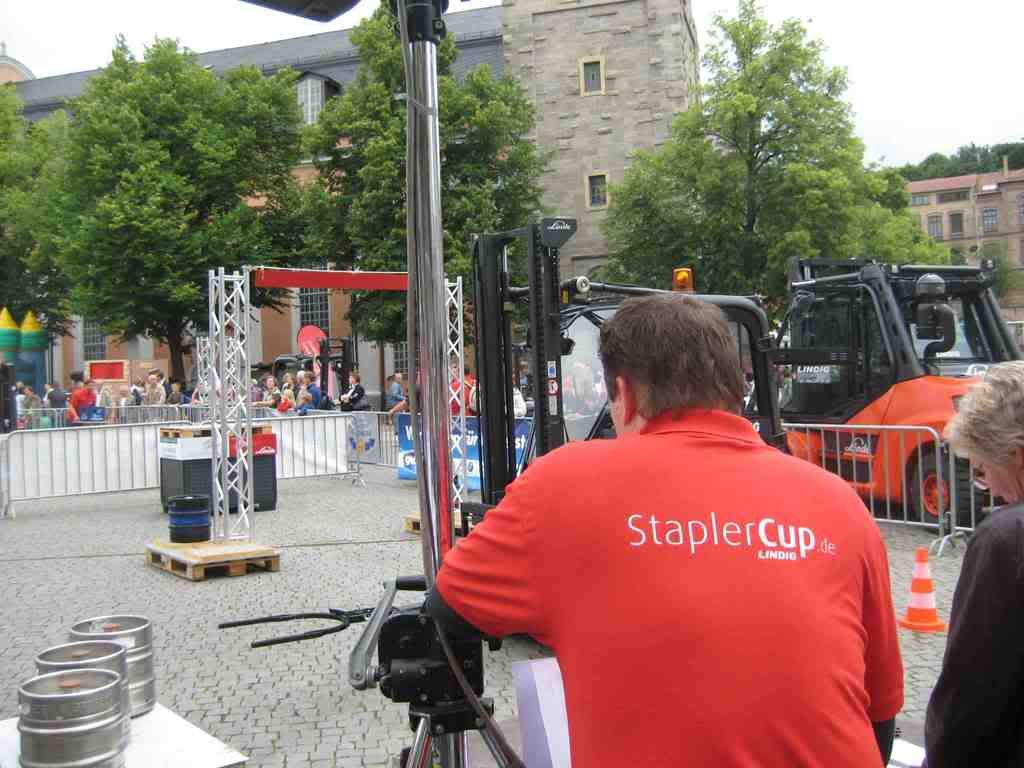
Here is one of the areas where a guy was lifting barrels and stacking them as fast & accurately as he could
After this, we decided to visit the famous Wartburg Fortress. Ashley convinced me to walk up the whole way, even though the beginning was a gigantic hill (and the fortress is on top of the highest hill in Eisenach). It was a nice, green path through the forest and we saw a cool abandoned building.
Near the top of the hill, there is a small area with a bus-stop, a Thüringer wurst (famous sausage) kiosk, and a station where one can ride a donkey the rest of the way up to the fortress...
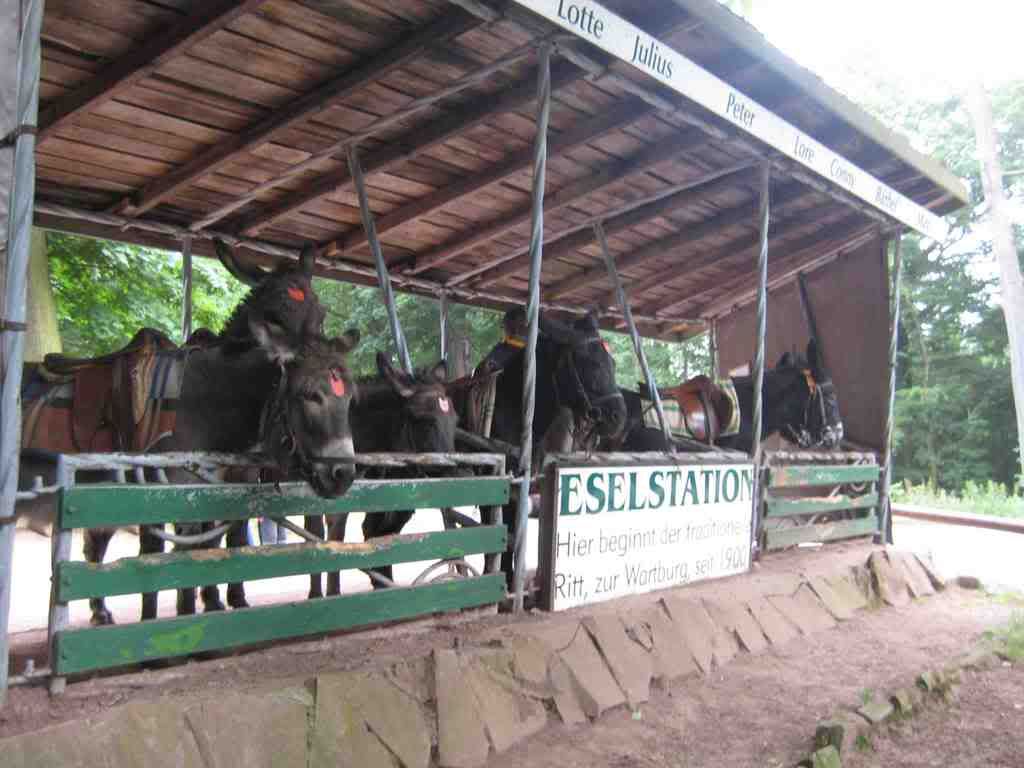
Der Eselstation (the donkey station)... you can see their names on the white strip near the ceiling, and they also had red tags with their names (like Susi, Lötte, Peter, Julios, Bjorn, etc.)
Eventually, we reached the top of the hill and looked back over the town of Eisenach...
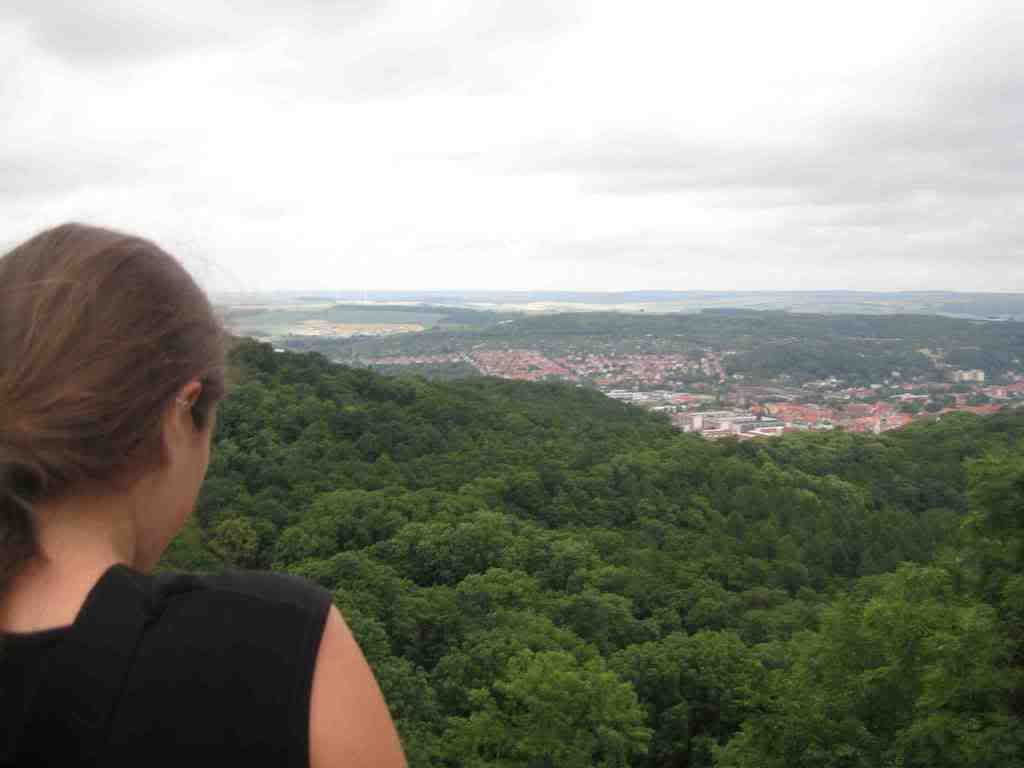
Wartburg Fortress (the tower was having work done on it)
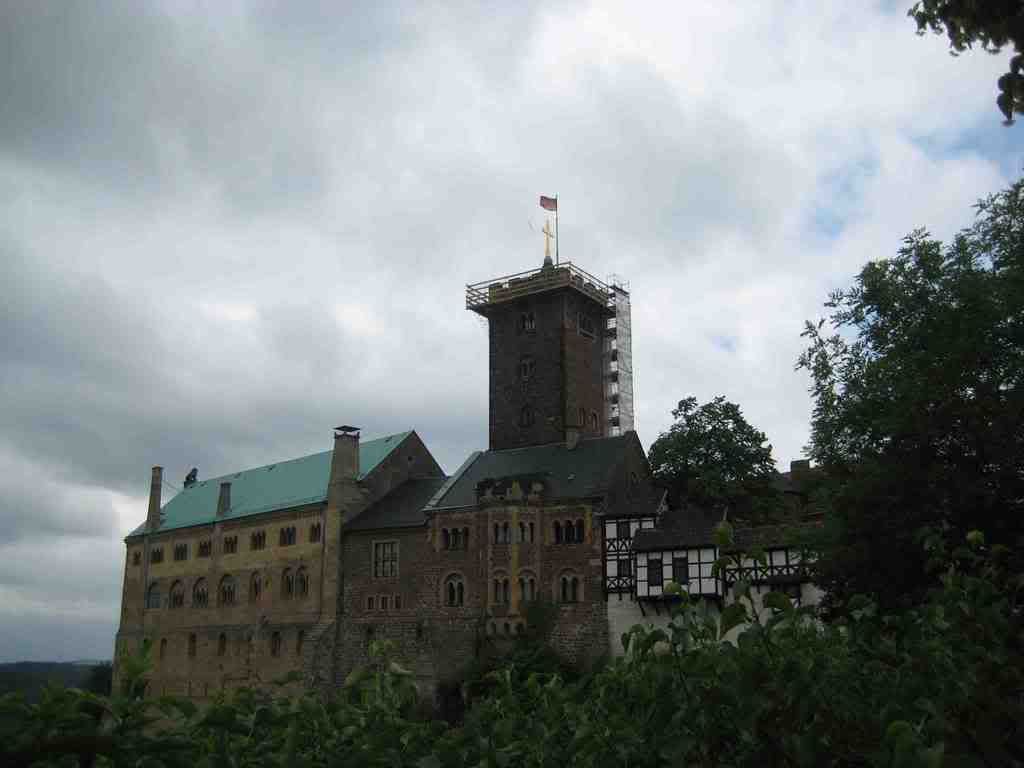
Wartburg Fortress #2, from the perspective of this small look-out
I learned later that it was 7 meters tall and put there to commemorate some Arch Duke that came to Eisenach with a lot of wealth and turned it into a thriving cultural center.
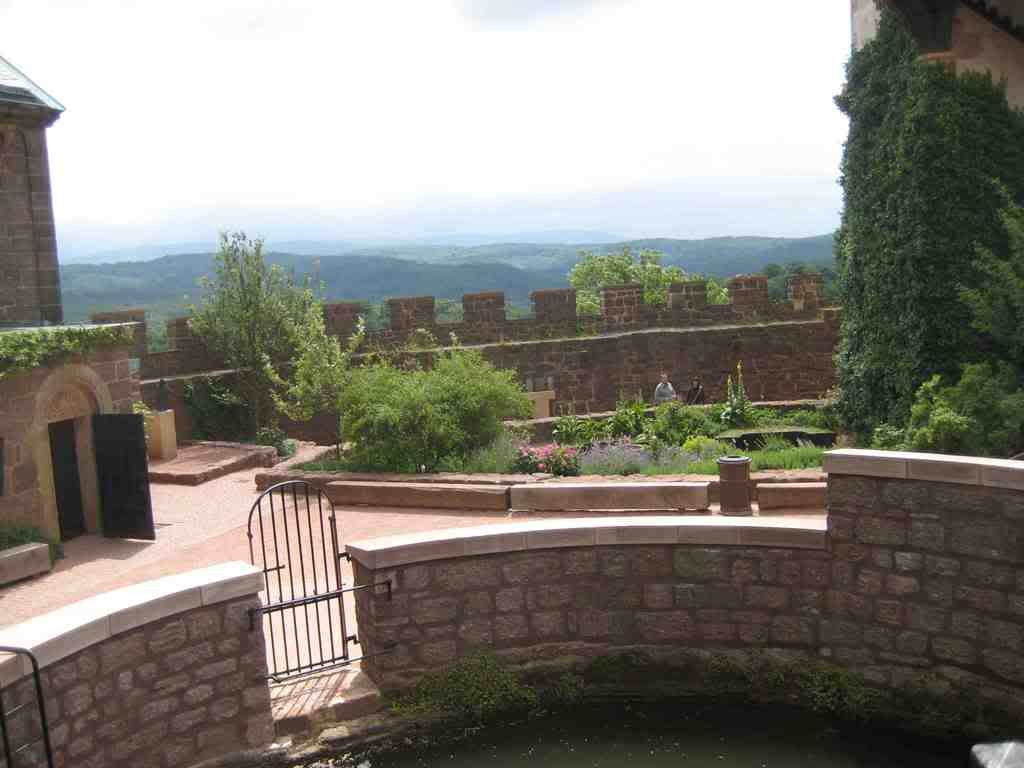
The courtyard of Wartburg fortress, with a coy pond at the bottom of the picture and Thüringen Wald on all sides in the distance
We got to Wartburg just in time for the English tour. You can only go on the inside with a tour so it was cool...
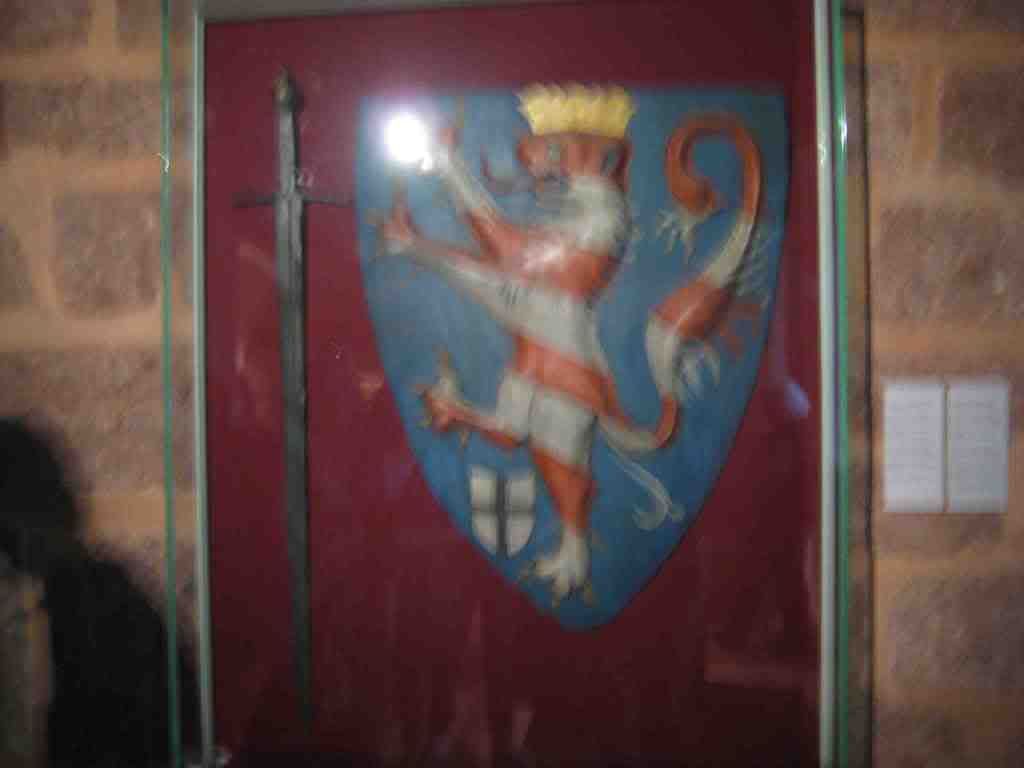
The family crest of the Thüringen counts which owned the fortress. The fortress was founded in 1067 by the Frankonian Ludwig der Springer (Louis the Jumper)
Ludwig climbed to the top of this mountain and (according to legend) found it to be so beautiful that he proclaimed, "Warte, Berg. Du sollst mir eine Burg werden," which means "Wait, Mountain. Thou shalt become a castle for me." The first part of this phrase, "Wart, Berg" became the name of the fortress.
Unfortunately for Louis the Jumper, the mountain wasn't on his land so he devised an ingenious plot. One foggy night, he climbed up the hill with a bunch of his knights, carrying bags of soil from his land. They spread the soil out all over the hill and then started to build, claiming that the fortress was indeed build on his own land. Apparently, it worked because it still exists.
Inside, there was a room holding old artifacts first, which was the oldest room in the fortress. Then we went into a somewhat plain room with a central pillar which supposedly housed some men/knights. Then we went into the dining hall where there was also a central pillar and some furniture, which was more contemporary. The ceiling, though, had the original oak rafters which they dated with dendrochronology to about 1161. Then, we went into the women's room which commemorates Saint Elizabeth. It is extremely ornate and, if you look closely, every single design is made up of tiny bits of glass, making the room a gigantic mosaic of just under4 million glass pieces.
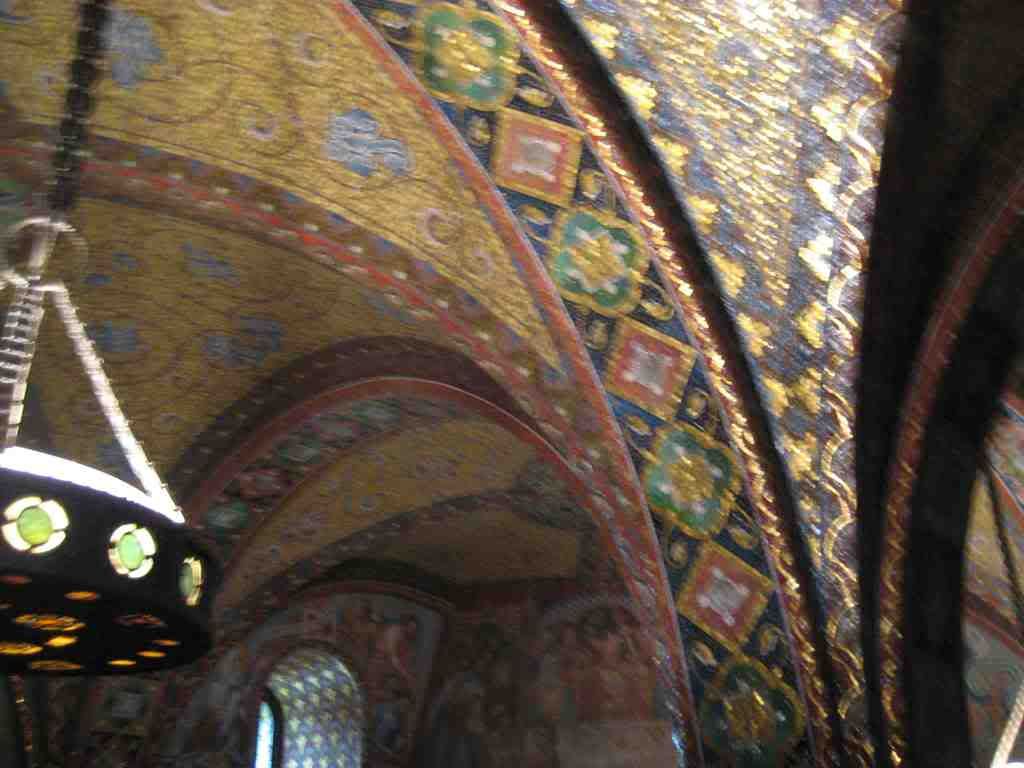
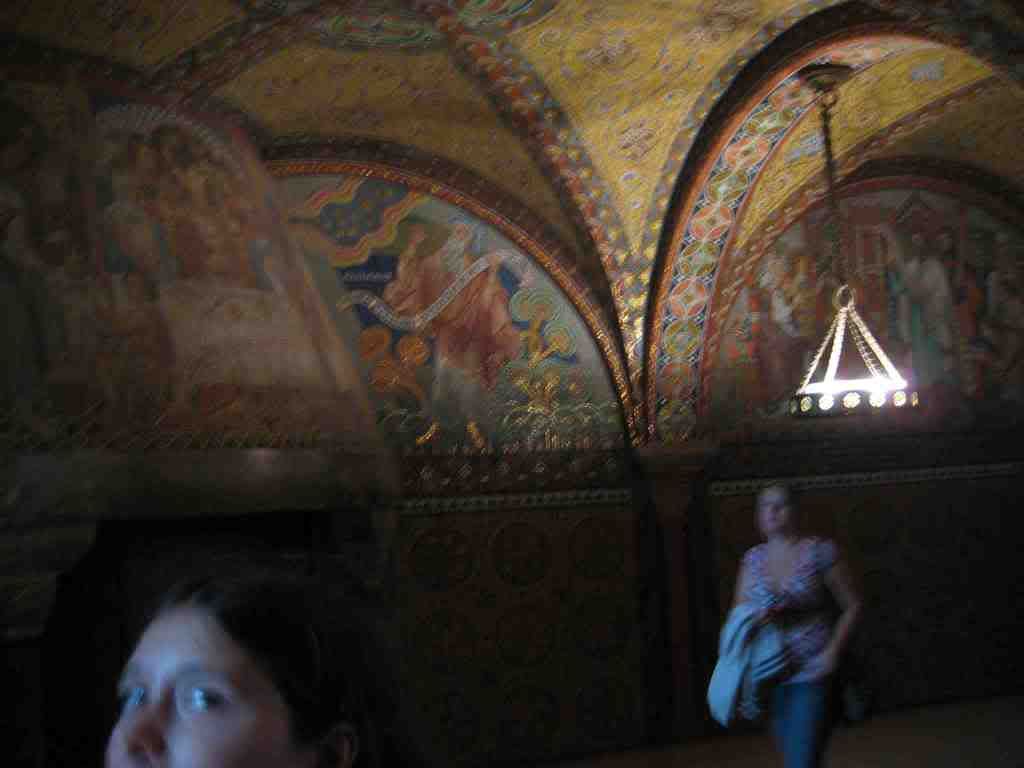


On the wall were depictions of parts of St. Elizabeth's life, all done in glass mosaic form
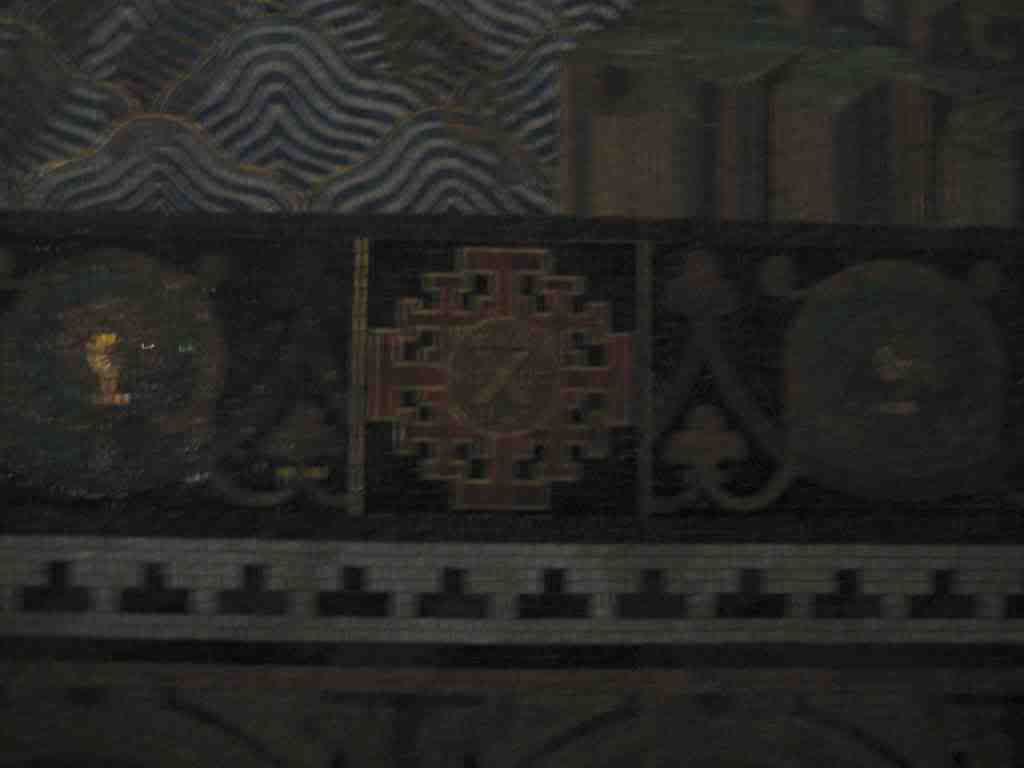
This is a cross called the Jerusalem Cross and/or the Crusader's Cross... its in the location because it is under St. Elizabeth's husband who attempted to sail to Jerusalem, the holy land, but died at age 27 of a feverish illness
After that, we were led into this more modern room which had a big organ in it where music is still played. It serves as a chapel for Lutheran services and also a Catholic service one time a year to commemorate St. Elizabeth. The Jesus figure on the cross is extremely old and unique because he is wearing a crown instead of the normal crown of thorns
After that, we were led down a passageway which contained more modern murals depicting scenes from St. Elizabeth's life. She was canonized only 3 years after she died which was rare. She had been born a wealthy princess and died in voluntary poverty, helping the poor. Since you need to have performed a miracle to be a saint in the eyes of the Church, the most famous story is of St. Elizabeth carrying bread through the forest under her garment to the poor (which wasn't allowed). Her husband found her in the forest and asked what was under her cloak to which she replied that she was only holding roses. She opened up her sleeve and the bread all transformed into roses, getting her off the hook. Although it is a nice story, I am sure the sick were hungry as roses aren't very nutritious.
In this room that the last 2 pictures were also in (called the Sängersaal), there was a large mural depicting an old singing competition (Sängerkrieg). The story goes that five singers gathered for a competition and agreed among themselves that the worst singer would be executed. They all sang and some guy was chosen as the worst, but he cried out to St. Elizabeth's mother-in-law, the Queen, for help. She suggested that they return a year later to try the competition again. The loser took this time to find the famous Klingsor who would be an objective referee. He can be seen in the picture below floating on clouds because he was a magician. When they came together the next year, the same guy won the competition but the other four were said to sing in an equally poor manner so they were all spared. Consequently, they all sat down and ate some dinner.
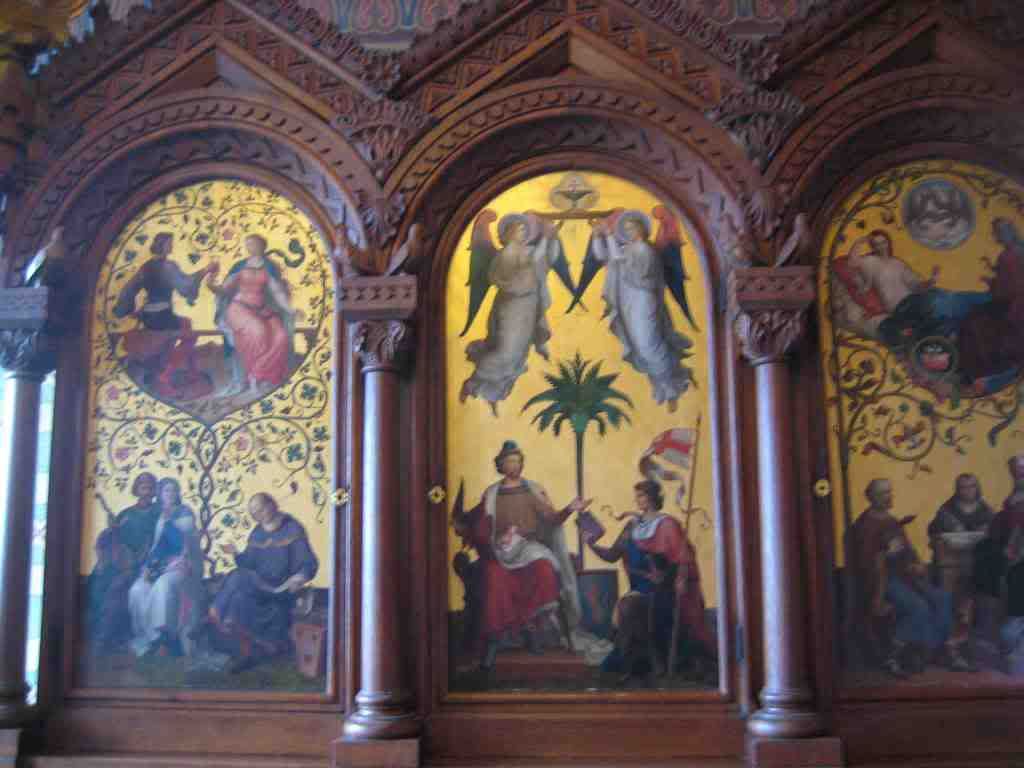
A cool dresser in the room
The biggest room in the Fortress is this gigantic hall (Festsaal) where a bunch of German fraternities famously gathered for what is called the first democratic movement in Germany in 1817. King Ludwig loved the hall so much that he copied it in his own castle, Neuschwanstein.
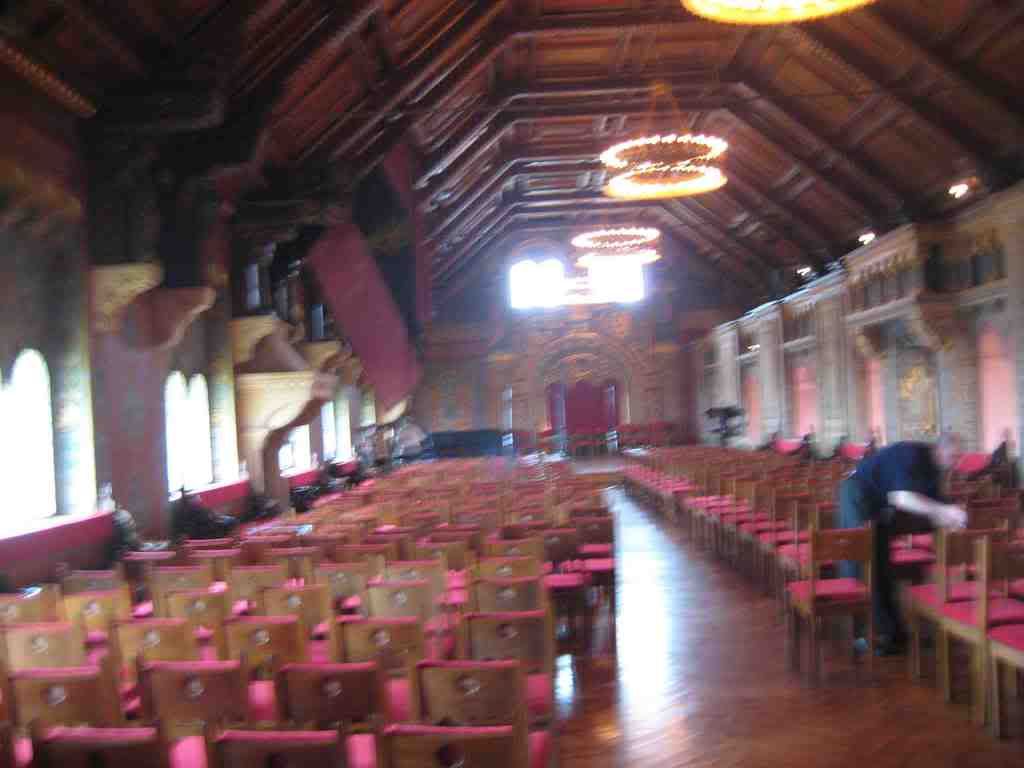
Festsaal
This is where the guided tour ended, although there were still a few rooms with exhibits to walk through.
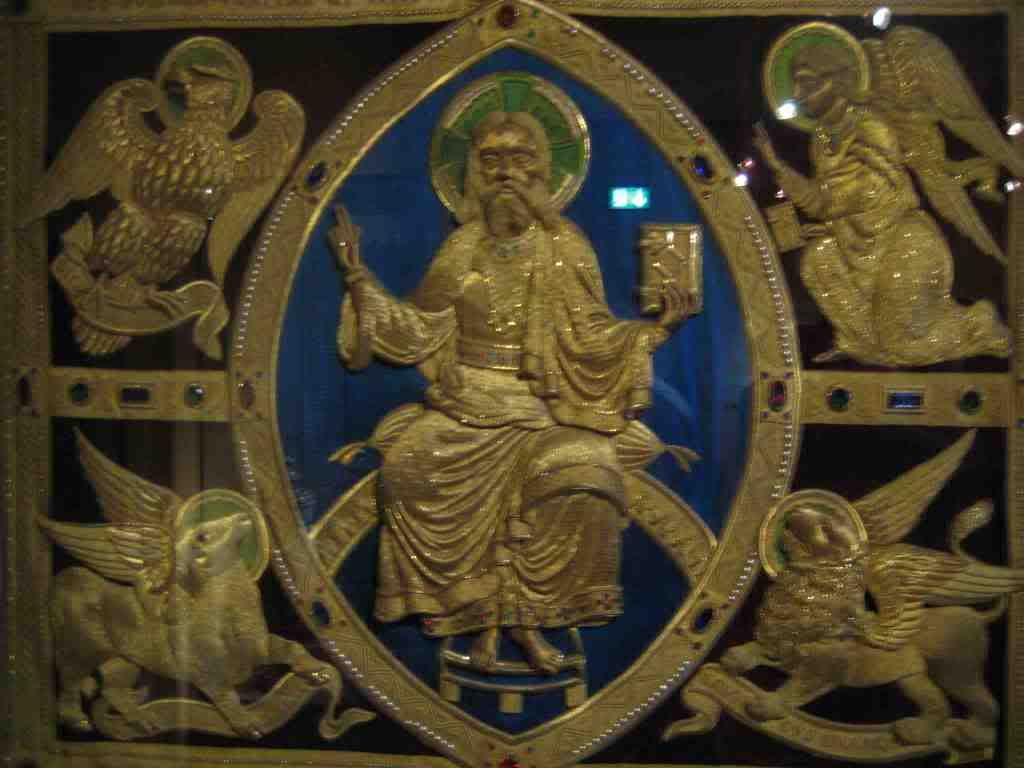 Jesus chilling amongst the four elements... errr evangelists depicted as they are in Ezekiel's vision: an eagle, a bull, a lion, and a man.
Jesus chilling amongst the four elements... errr evangelists depicted as they are in Ezekiel's vision: an eagle, a bull, a lion, and a man.Above is the exact room where Martin Luther self-imprisoned himself after being declared an outlaw by authorities, meaning he could be killed on the street without any repercussions. Here he famously translated the New Testament from Greek into German so commoners could read it for themselves. It coincided nicely with Gutenberg's invention of the printing press.
After all this, we walked back through a different path in the forest. We stopped and Ashley had chai tea and we shared Pommes (french fries). Then we went to the Hostel and hung out.
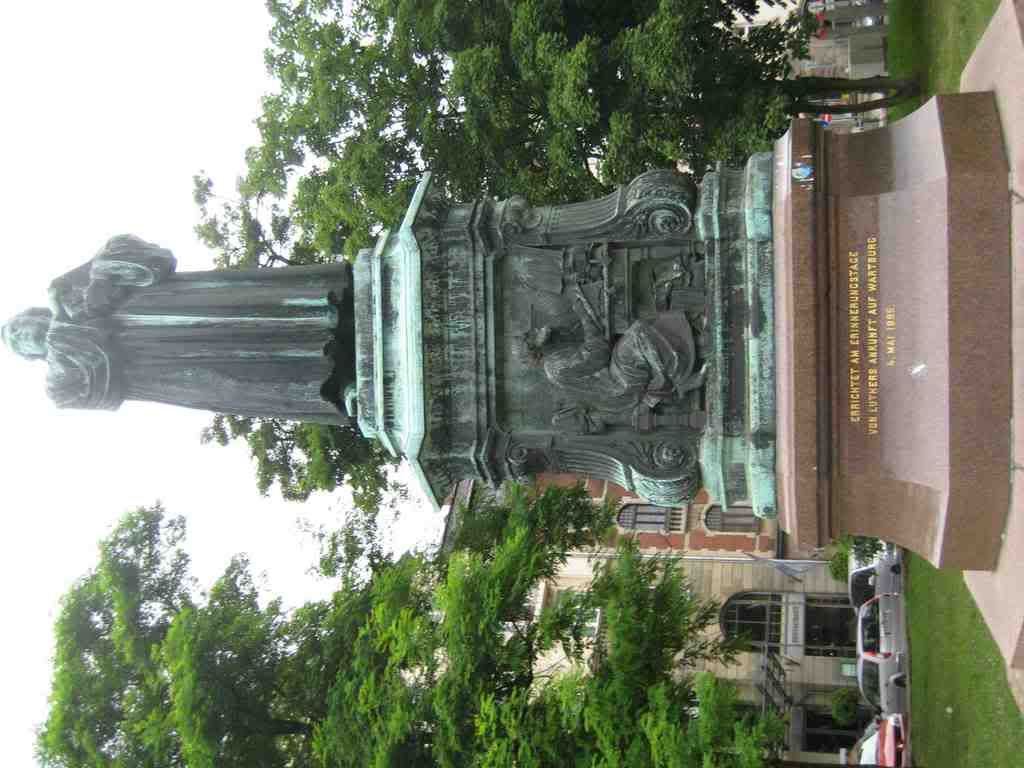
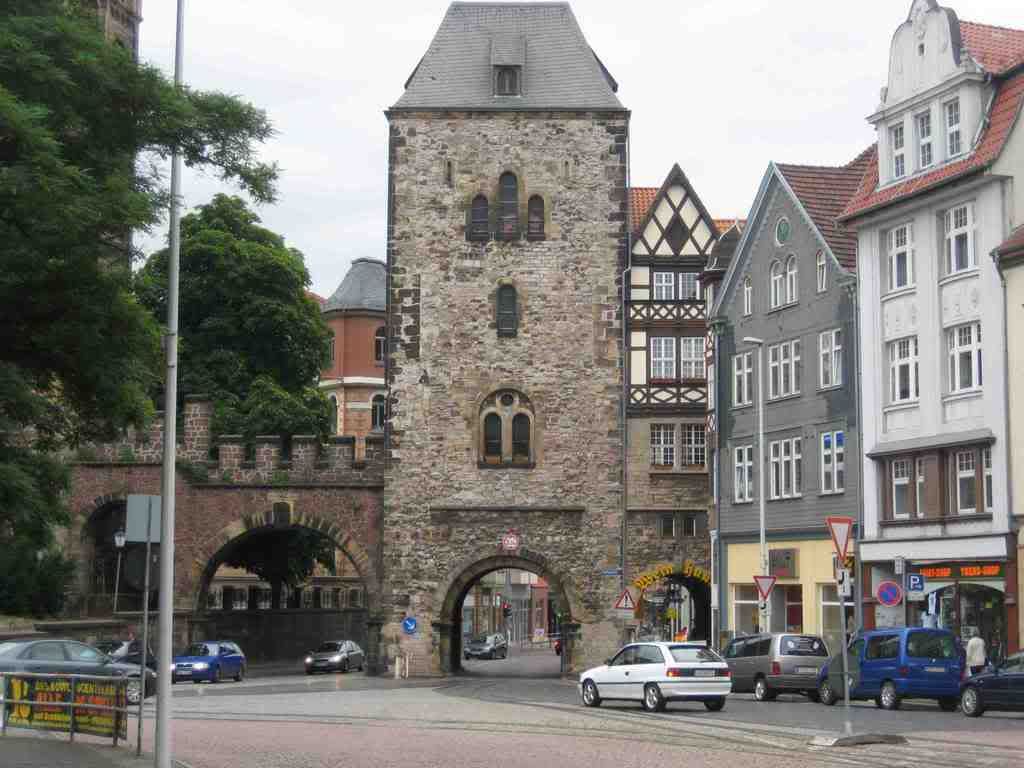
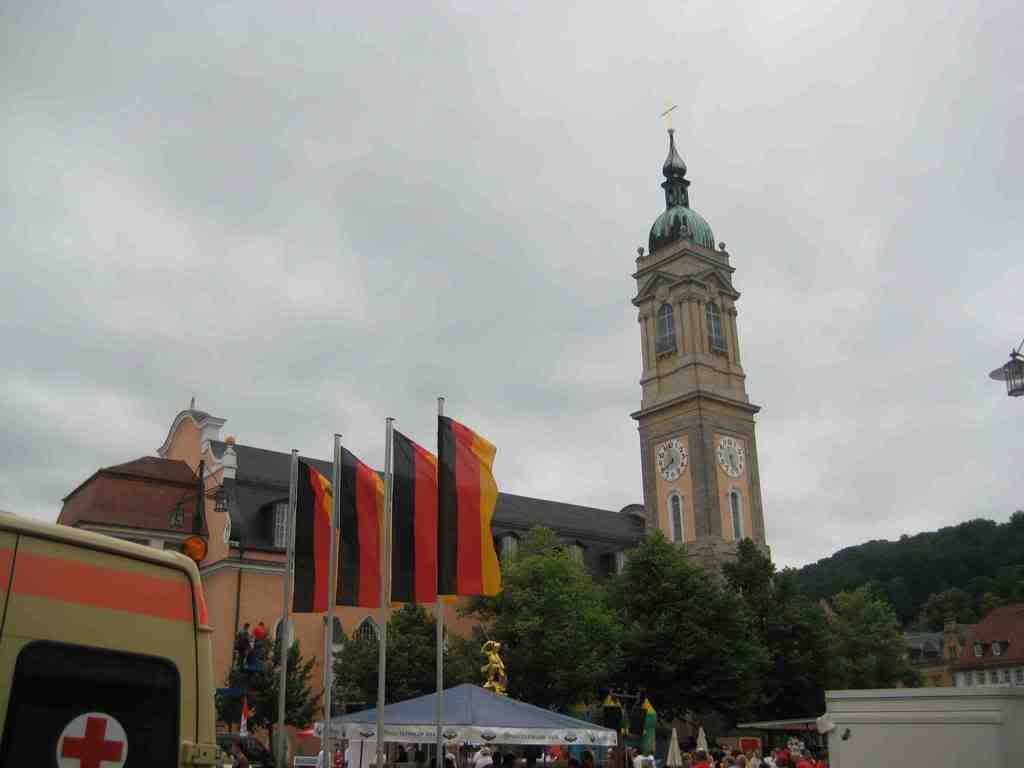
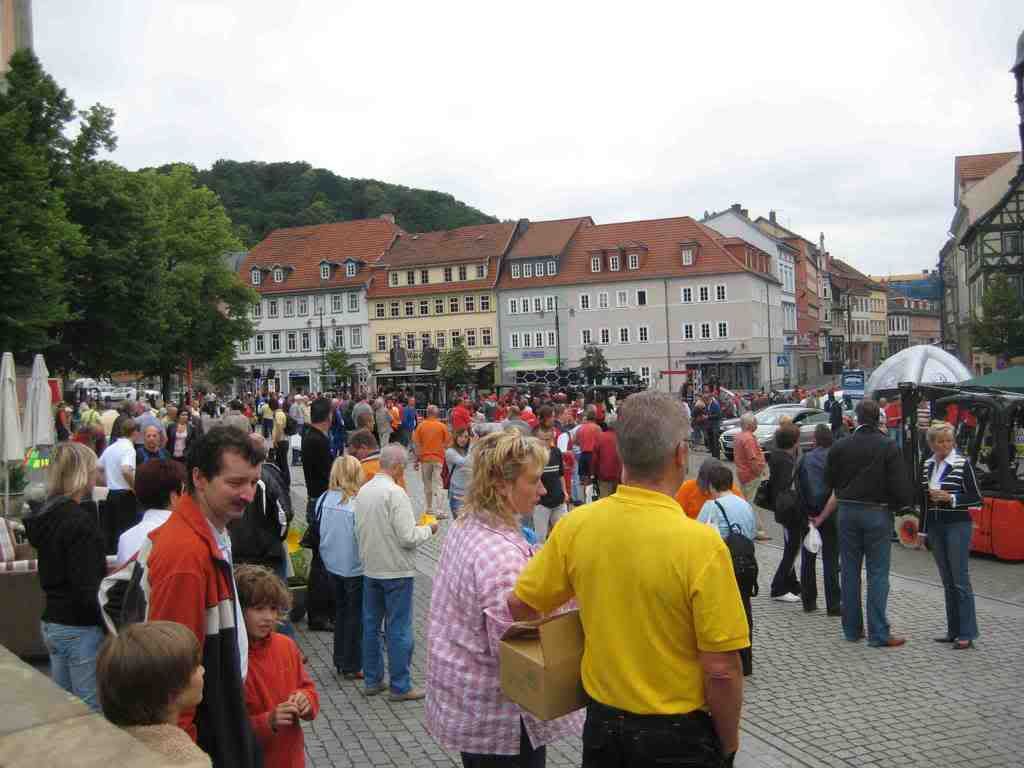
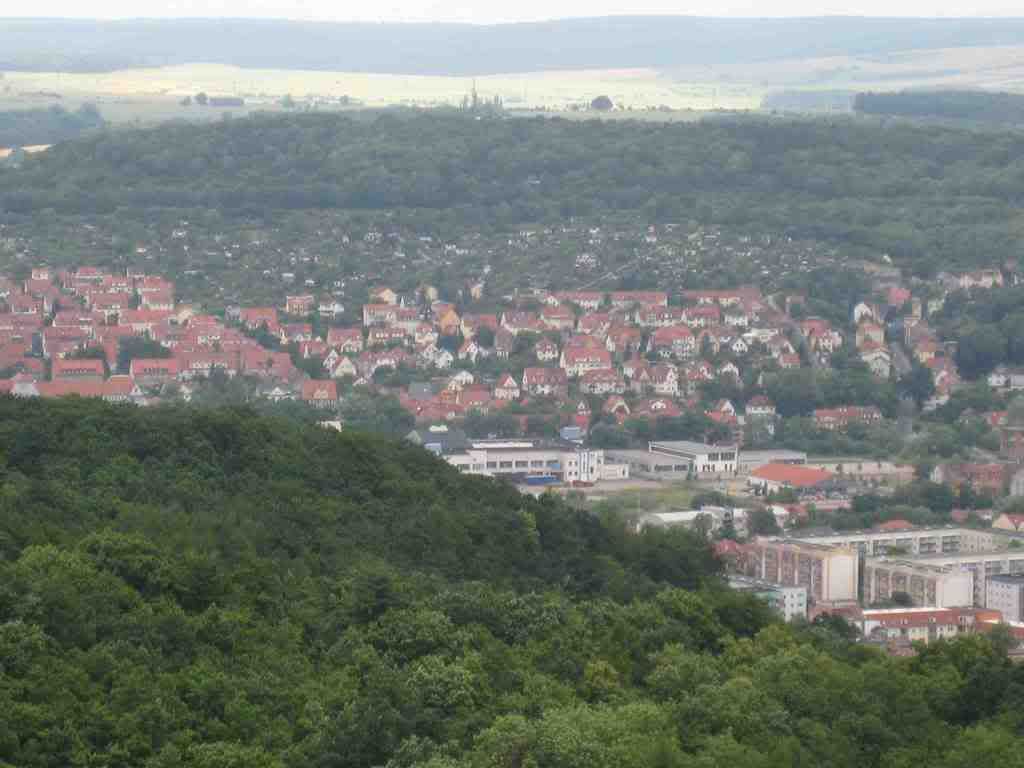
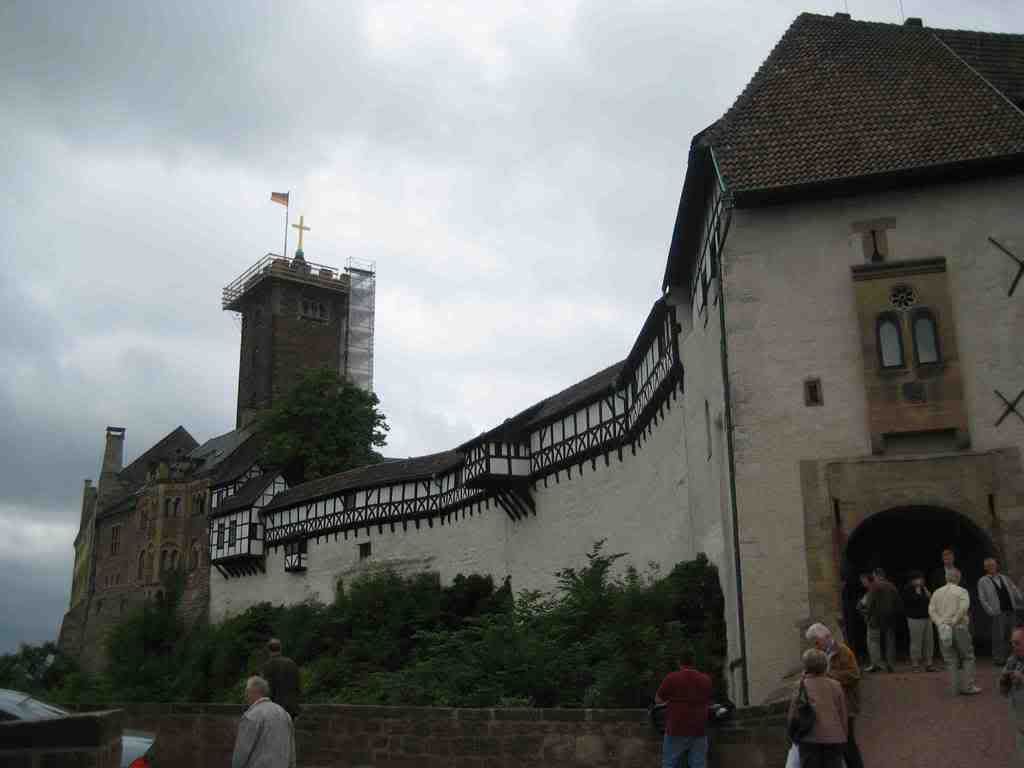
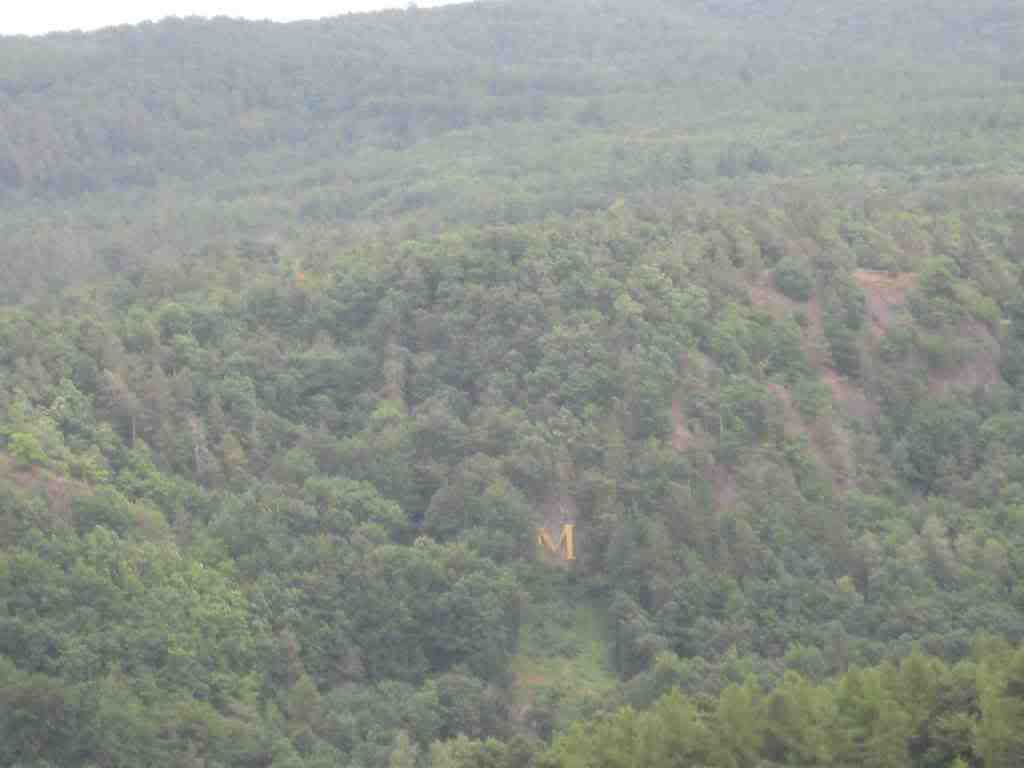
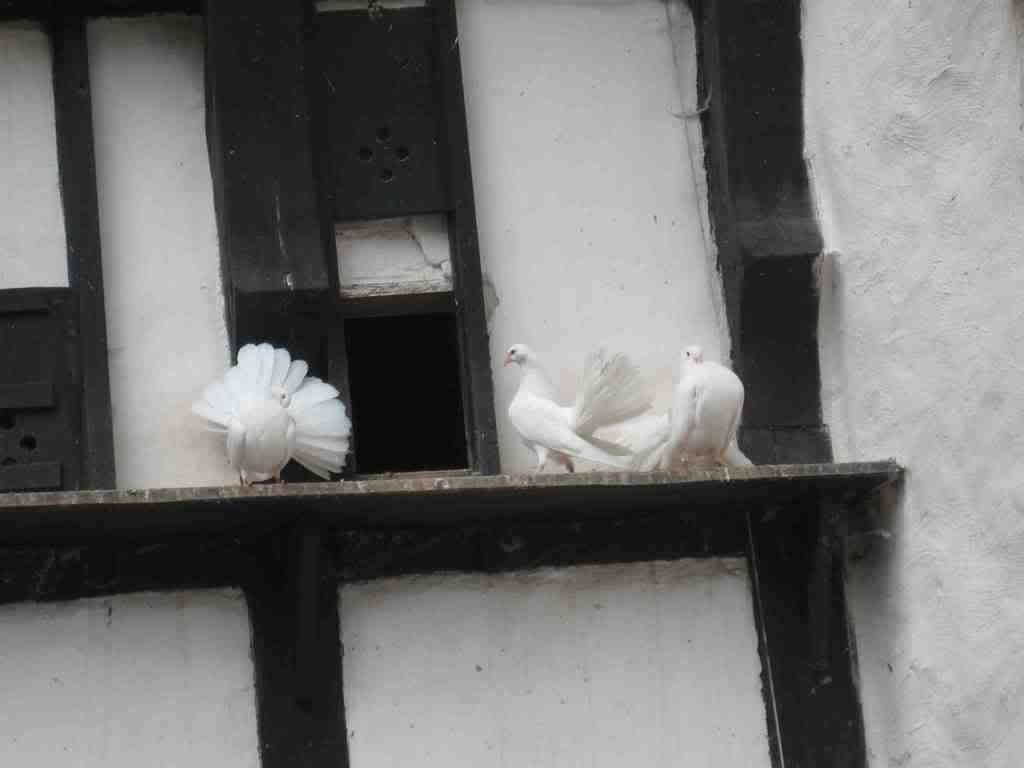
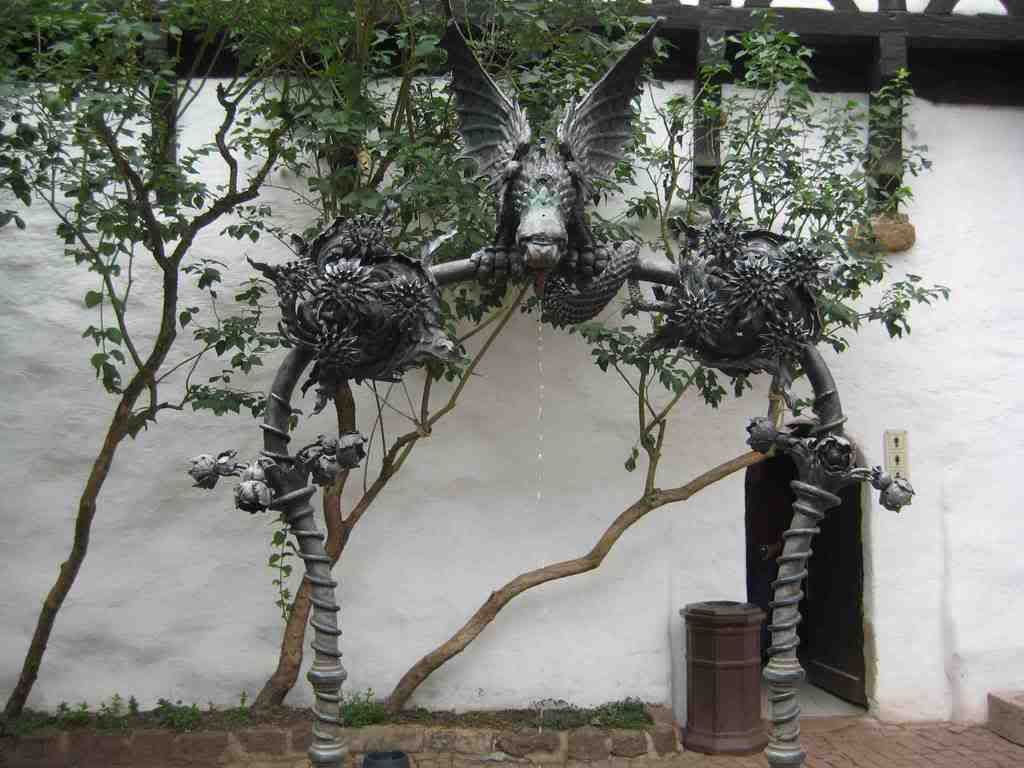
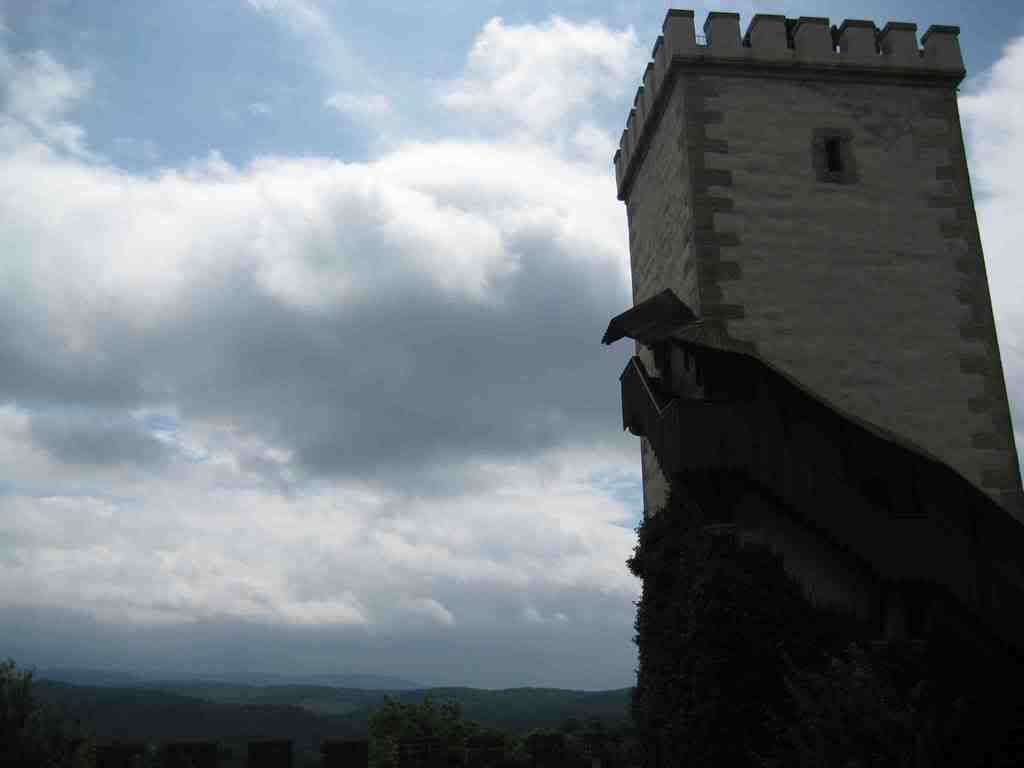
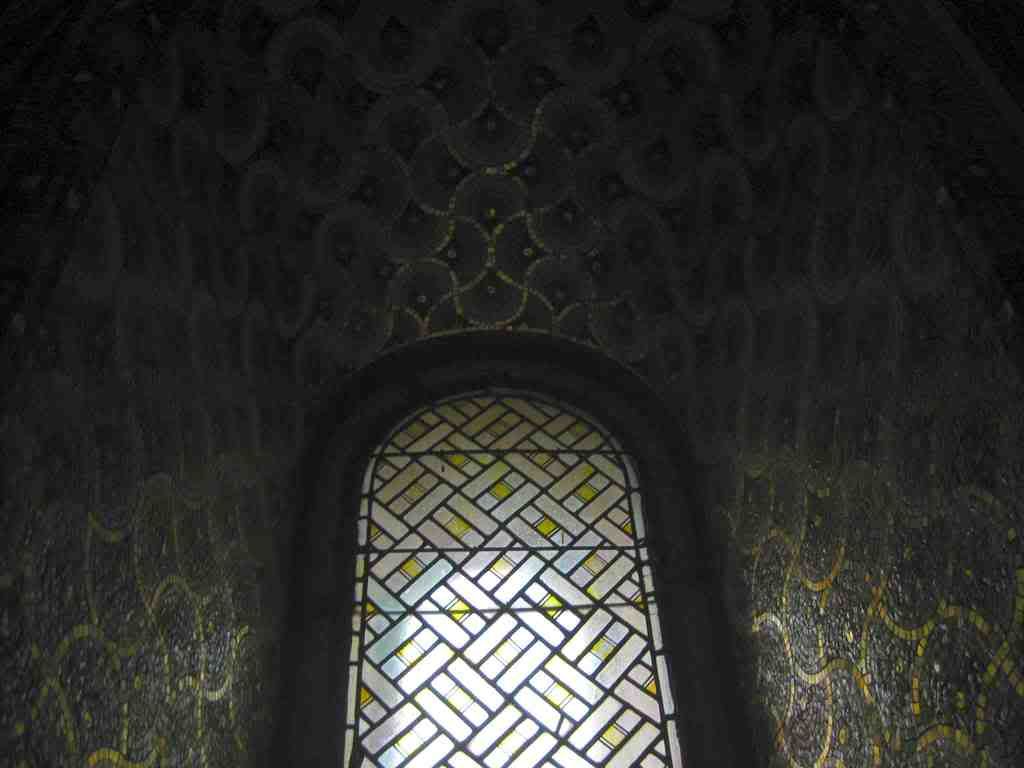
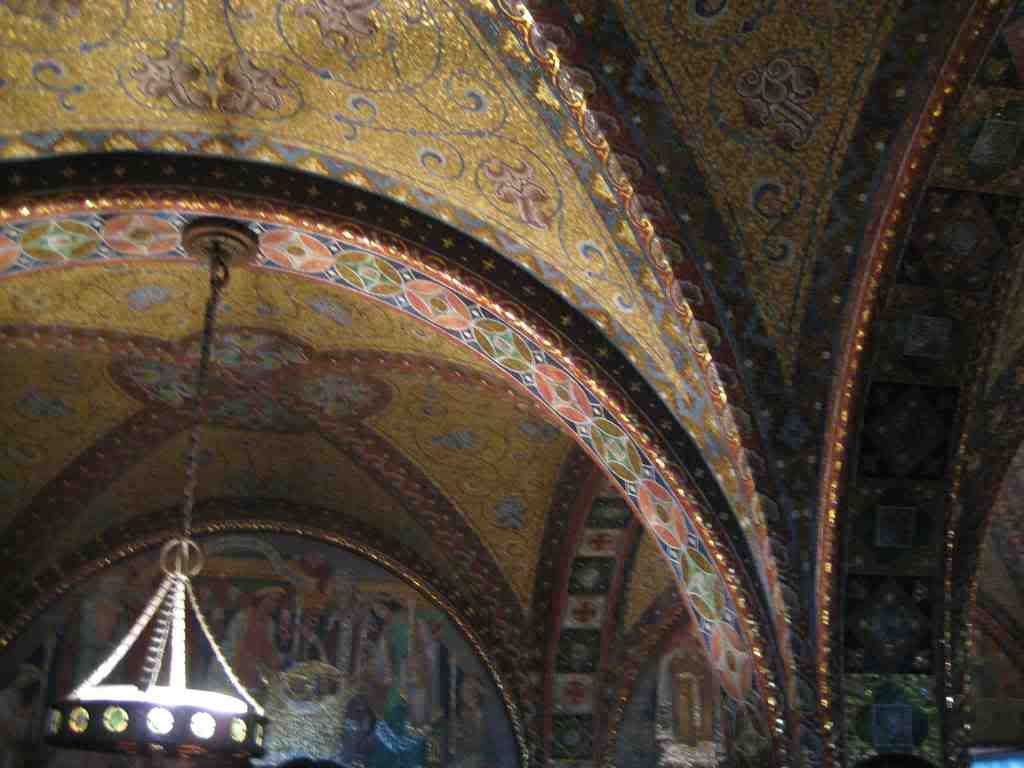
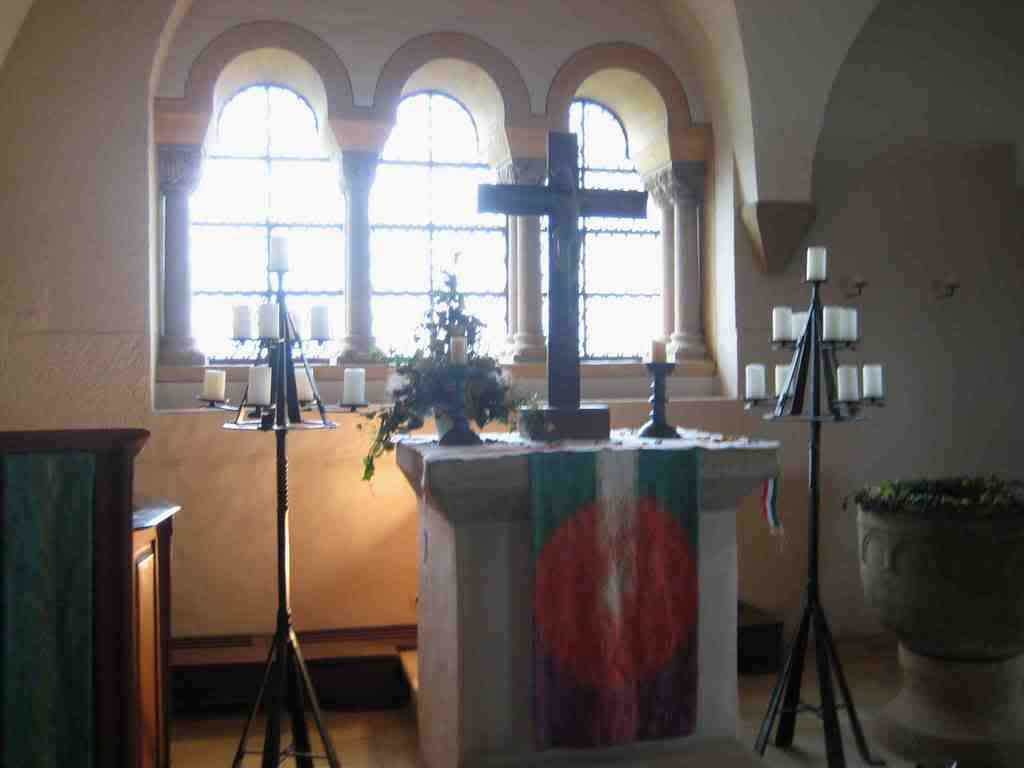
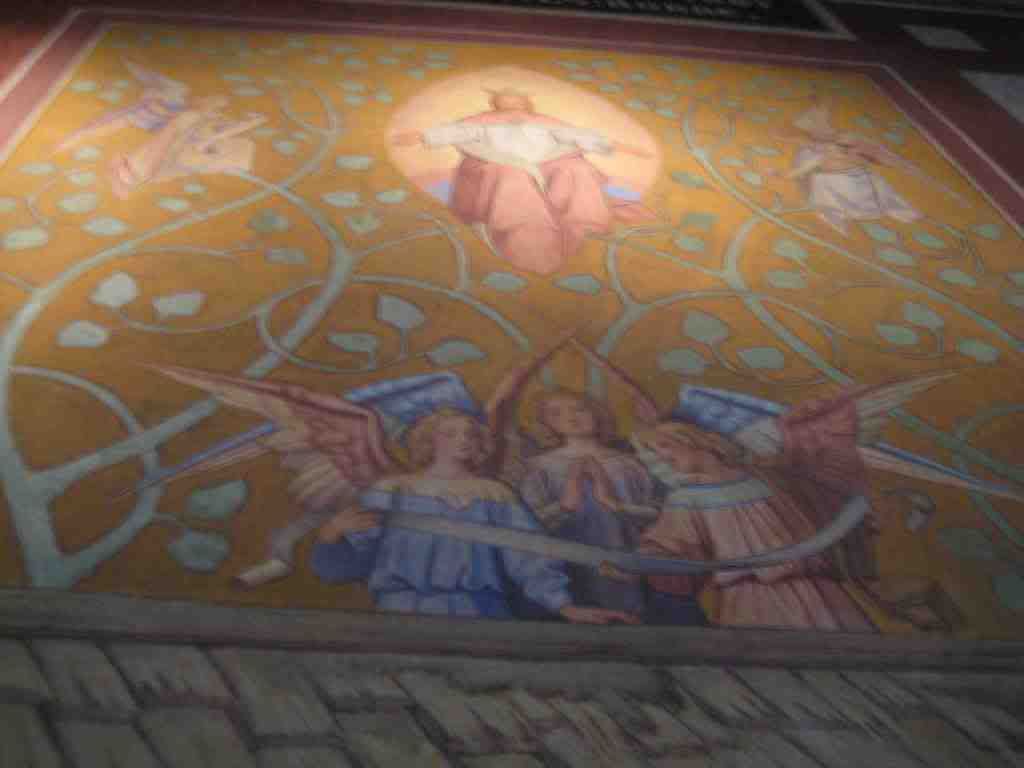
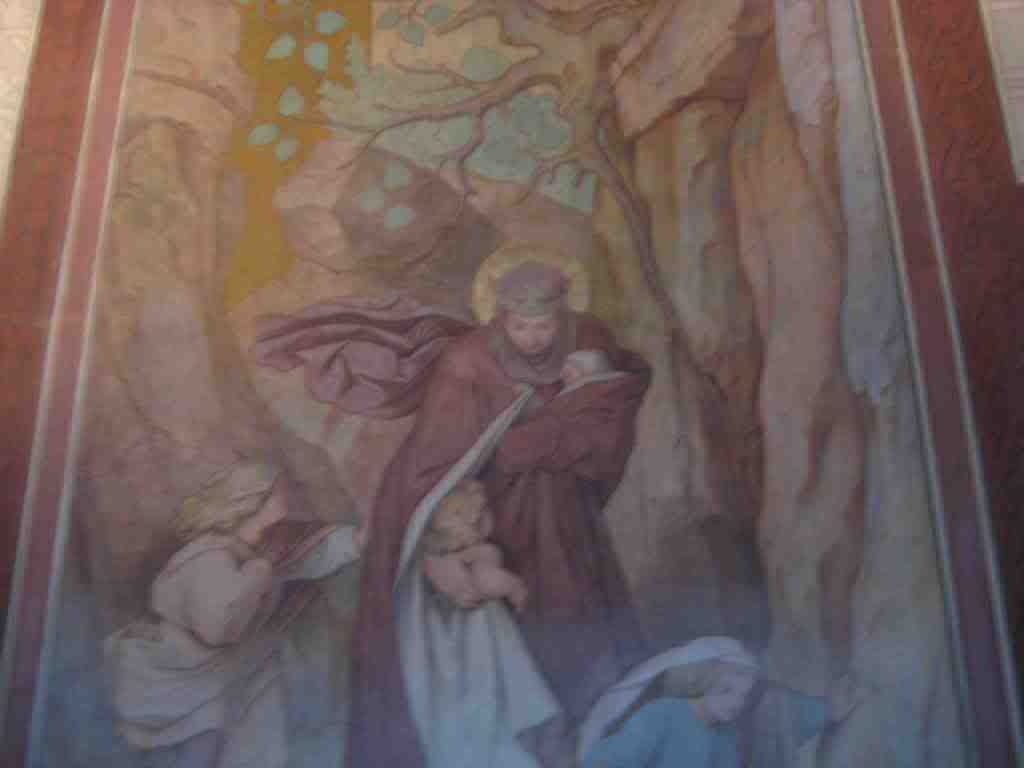
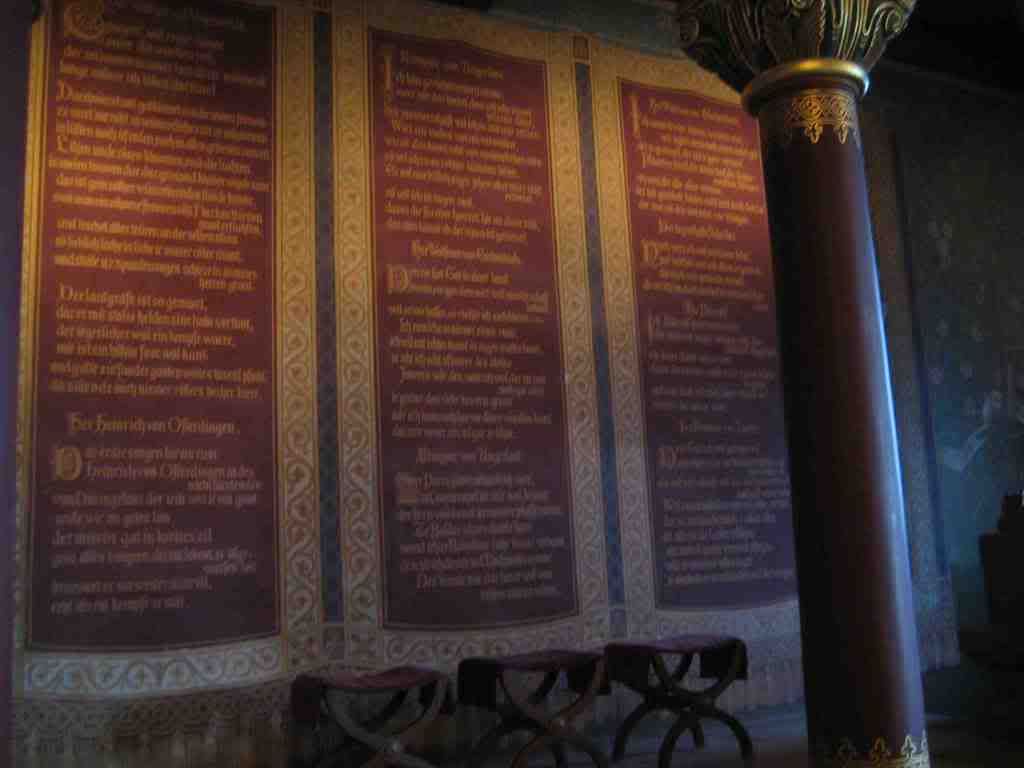
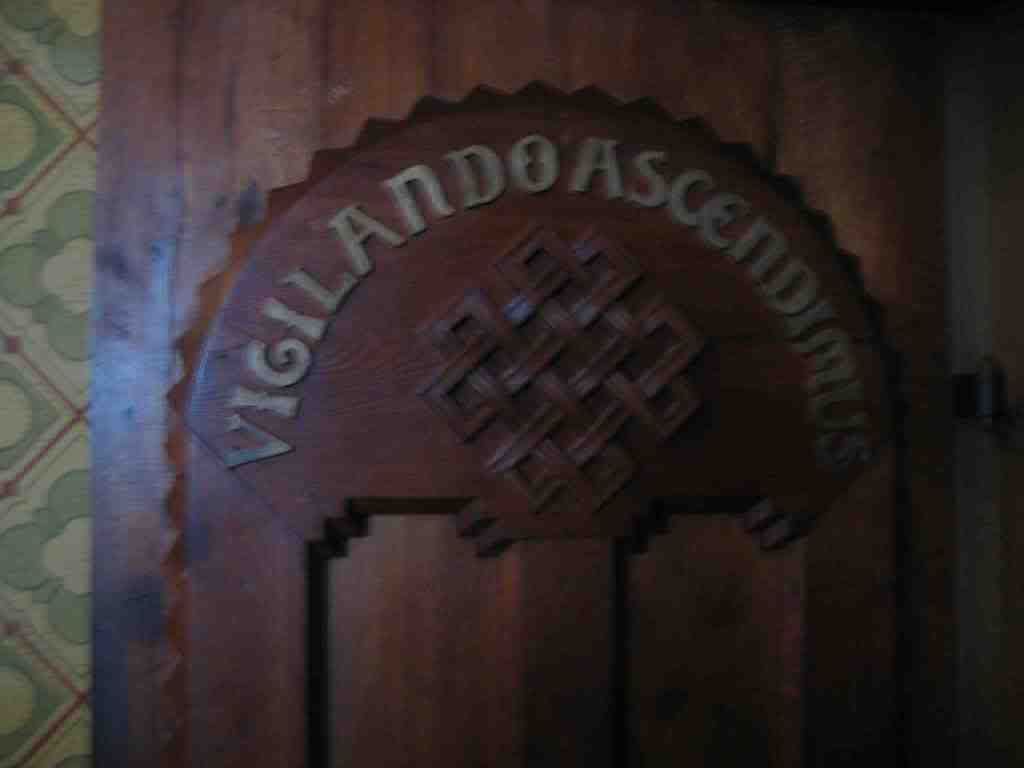
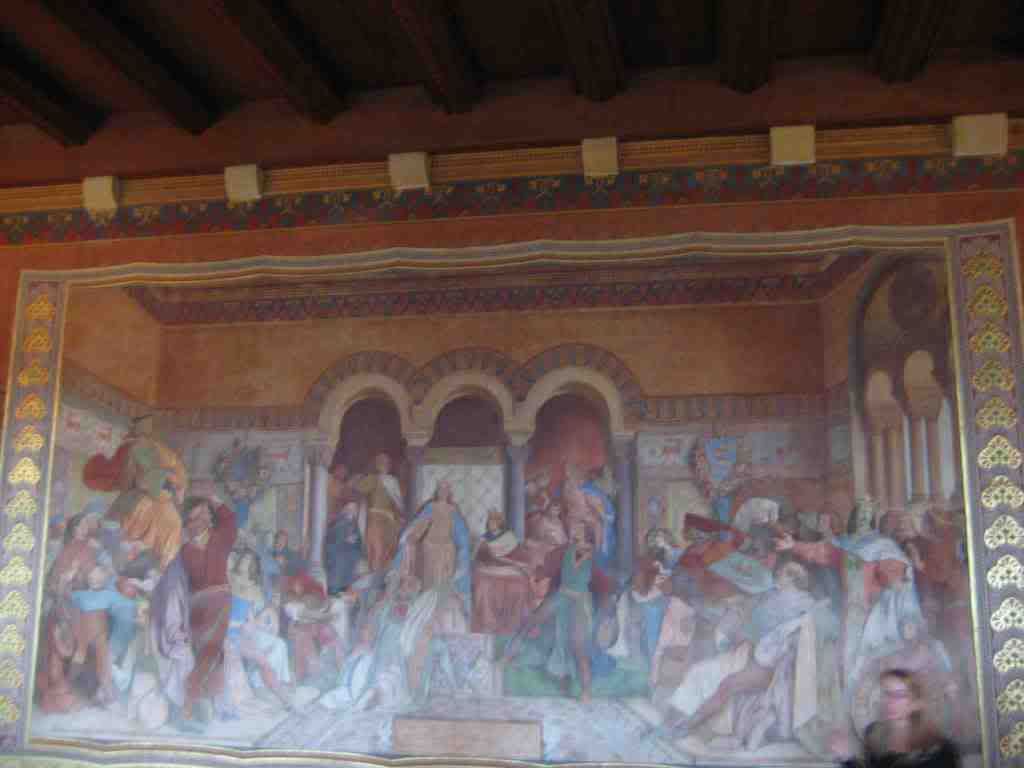
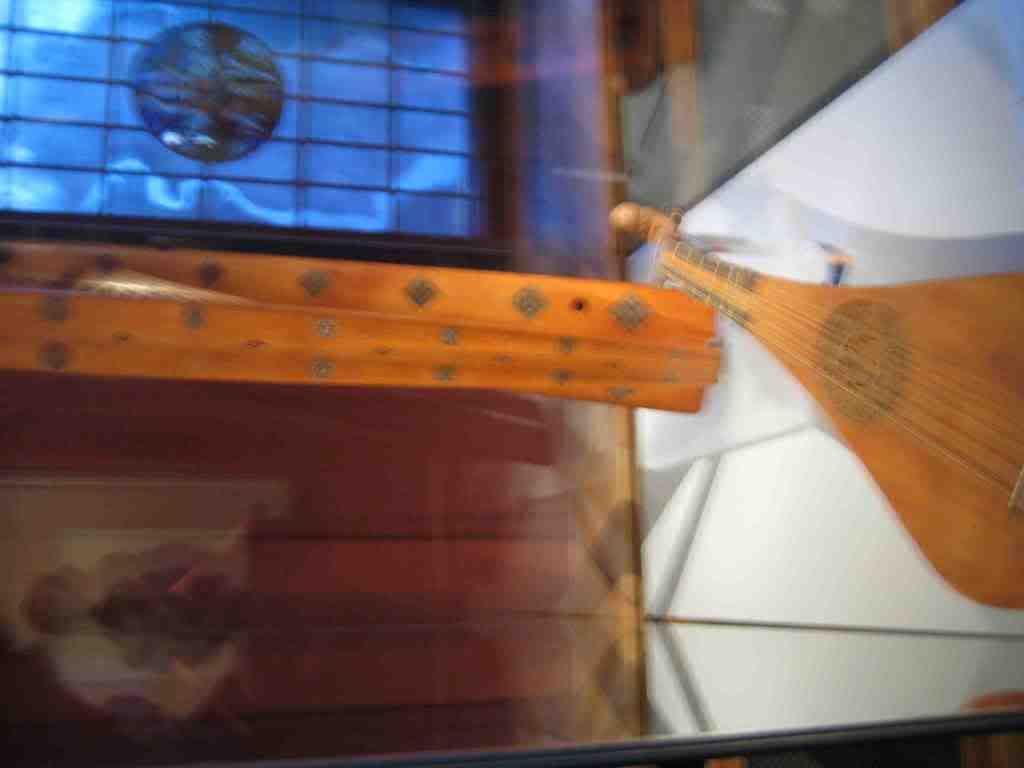
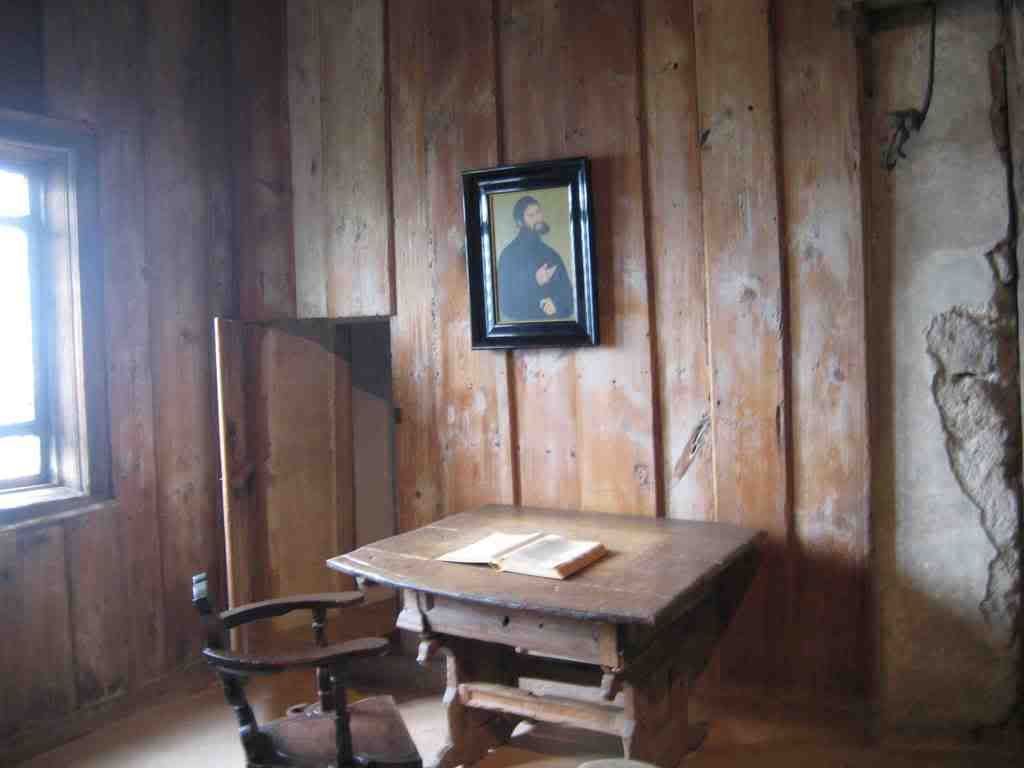
Great commentary on Tag 14! That must have taken an entire day to compile.... I'm pretty sure the "M" on the hillside actually stands for MICHIGAN - Go Blue! Continue to enjoy your amazing travels.....Love,Dad
ReplyDeleteExcellent storytelling! Still loving all the info and photos--keep m' coming!
ReplyDelete